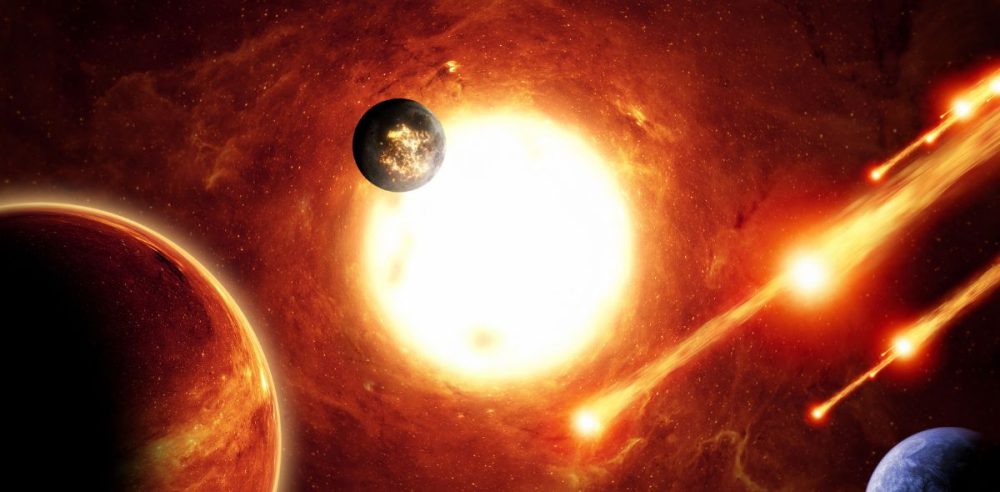A newly proposed theory suggests that an enormous interstellar object may have dramatically altered the orbits of gas giants like Jupiter, Saturn, and Neptune during the solar system’s formative years.
This intriguing hypothesis offers a fresh perspective on the unusual trajectories of these planets, which are not entirely explained by current planetary formation models, reported the Independent. The study, which is awaiting peer review, proposes that a massive body—potentially between 2 to 50 times the mass of Jupiter—passed through the early solar system and influenced the paths of these planets.
In the chaotic early days of the solar system, the planets’ orbits were constantly shifting due to gravitational interactions with each other and forces exerted by the young sun. During this period, it was not uncommon for celestial visitors from beyond the solar system to enter its boundaries. The detection of the interstellar object Oumuamua in 2017 confirmed that these kinds of cosmic wanderers occasionally traverse our solar neighborhood. The study posits that a similar, much larger object could have been responsible for shaping the orbits we observe today.
The research suggests that a massive object traveling at a speed of approximately 6 kilometers per second came within 20 astronomical units (AU) of the sun. For context, one AU is the distance between Earth and the sun, about 150 million kilometers. This close encounter would have exerted gravitational forces powerful enough to modify the eccentricities (the amount by which an orbit deviates from a perfect circle) and inclinations (the tilt of an orbit relative to the plane of the solar system) of Jupiter, Saturn, and Neptune. The study demonstrates that this scenario can produce the observed orbital characteristics more convincingly than existing models.
Simulations conducted in the study reveal that such an encounter had a 1-in-100 chance of occurring. Though seemingly rare, this likelihood makes it a plausible explanation given the chaotic conditions of the early solar system. The researchers believe this hypothesis offers a better framework for understanding the current orbital structure of the gas giants, which has long puzzled scientists. Previous models have struggled to explain these planets’ moderate eccentricities and inclinations purely through interactions within the solar system.
Interestingly, the theory also opens the door to exploring how such a massive interstellar object might have impacted rocky planets like Earth and Mars. While the gas giants’ orbits were likely influenced significantly by this encounter, the gravitational effects on terrestrial planets could offer further insights into the early dynamics of the inner solar system. The researchers advocate for additional studies to examine these possibilities and refine our understanding of planetary evolution.
The significance of this study lies in its potential to reshape how scientists view the early history of our solar system. If validated, the idea that an interstellar object influenced planetary orbits could lead to new insights into how other star systems evolve. It could also suggest that these encounters are more common than previously thought, potentially playing a role in forming planetary systems across the galaxy.


